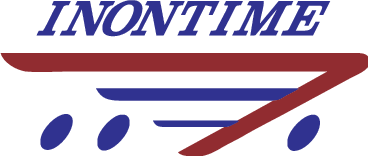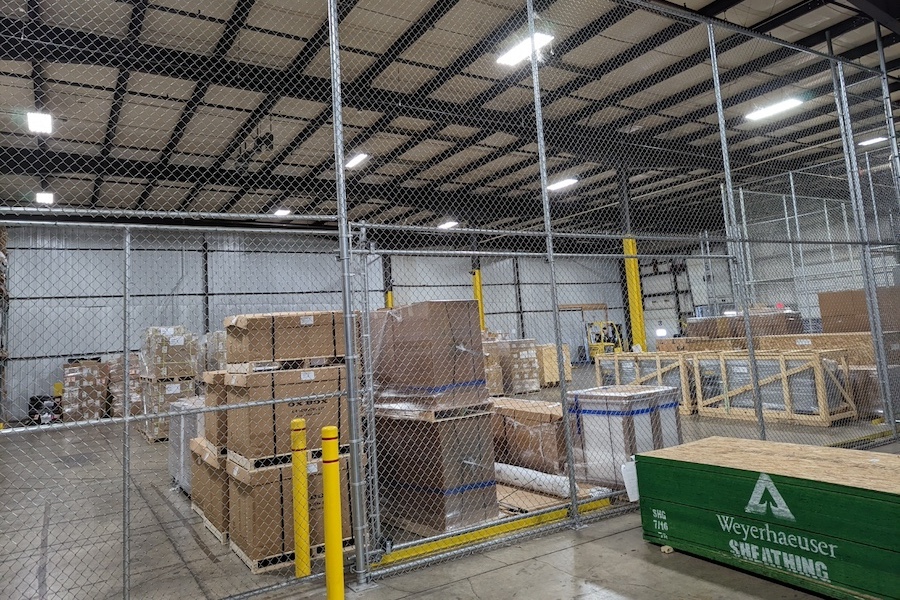In the realm of supply chain management, distinguishing between various processes such as Transloading vs. Cross-docking is crucial. Optimizing logistics means maximizing efficiency and reducing costs. At INONTIME, we understand the pivotal role these methods play in enhancing operational effectiveness within the logistics network.
Transloading Services
Transloading is the process of transferring freight from one mode of transportation to another. This method is employed when the initial mode of transport cannot deliver goods directly to their final destination. At transloading facilities, goods are unloaded, sorted, possibly repackaged, and readied for shipment via an alternative mode of transport. This approach is particularly beneficial for optimizing transport routes and leveraging intermodal transportation solutions.
Cross-Docking Services
Cross-docking is a logistics strategy where goods are transferred from one transportation vehicle to another with minimal to no storage time. This method focuses on streamlining the flow of goods and minimizing handling costs. This is done by swiftly sorting and consolidating shipments for immediate onward transportation. Effective cross-docking requires seamless coordination among carriers, shippers, and receivers to ensure operational efficiency.
Key Similarities
Both transloading and cross-docking share a common objective of reducing costs, optimizing logistics for your business and enhancing efficiency within the supply chain. By consolidating shipments and optimizing transport routes, these methods help minimize fuel consumption, labor costs, and storage expenses. This cost-effectiveness allows businesses to allocate resources to other critical areas, fostering sustainable growth and competitiveness.
Key Differences
While both methods aim to achieve cost savings, they differ in execution and application:
Transloading involves changing transportation modes and is ideal for shipments requiring multiple modes of transport, such as long-distance or international shipments.
Cross-docking maintains the same mode of transportation throughout and is suitable for shipments that can benefit from immediate consolidation and sorting, typically within a local or regional context.
Optimizing Logistics by Choosing the Right Strategy
Selecting between transloading and cross-docking depends on factors such as shipment distance, available transport modes, and required delivery speed. For time-sensitive shipments within a single transport mode, cross-docking is advantageous, whereas transloading is preferable for longer hauls involving multiple transport modes.
Conclusion
In conclusion, effective supply chain management and optimizing logistics for your business, hinges on adopting appropriate logistics strategies like transloading and cross-docking. These methods not only optimize goods flow and reduce costs but also enhance delivery times and customer satisfaction. At INONTIME, we are dedicated to assisting businesses in navigating these complexities to achieve operational excellence and sustainable growth.
By leveraging these insights, businesses can make informed decisions that propel their supply chain efficiency forward, ensuring they remain competitive in today’s dynamic marketplace.

